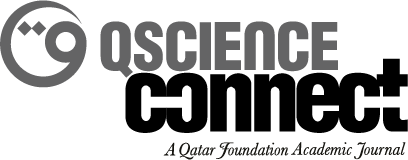-
oa How to sustain motivation among the youth in Qatar beyond hosting the FIFA World Cup 2022?
- Source: QScience Connect, Volume 2023, Issue 1-Thesis, May 2023,
-
- 21 October 2021
- 26 October 2021
- 01 January 2023
- Previous Article
- Table of Contents
- Next Article
Abstract
This research aimed to explore and identify ways in which motivation amongst the youth can be sustained beyond the FIFA World Cup 2022 mega sports event. Findings collated via semi-structured interviews which were further validated by a larger sample through a questionnaire. Its main objectives were accomplished and the vast evidence suggested that motivation among the youth relates to key concepts of resilience, leadership styles and sustainability. This research affirms that resilience contributes to the development of youth and acts as a personal strength factor along with several other contributors, which collectively determine positive youth development. This paper also suggests that resilient and dynamic leadership styles are crucial for sustained motivation and that young people can be motivated by resilient leaders. Several recommendations have been suggested which are relevant to Qatar, youth and sustained motivation after the upcoming mega-event. One of which includes conducting and hosting similar mega events to create wider awareness related to sustainability and Qatar National Vision 2030 to contribute to its achievement positively.


